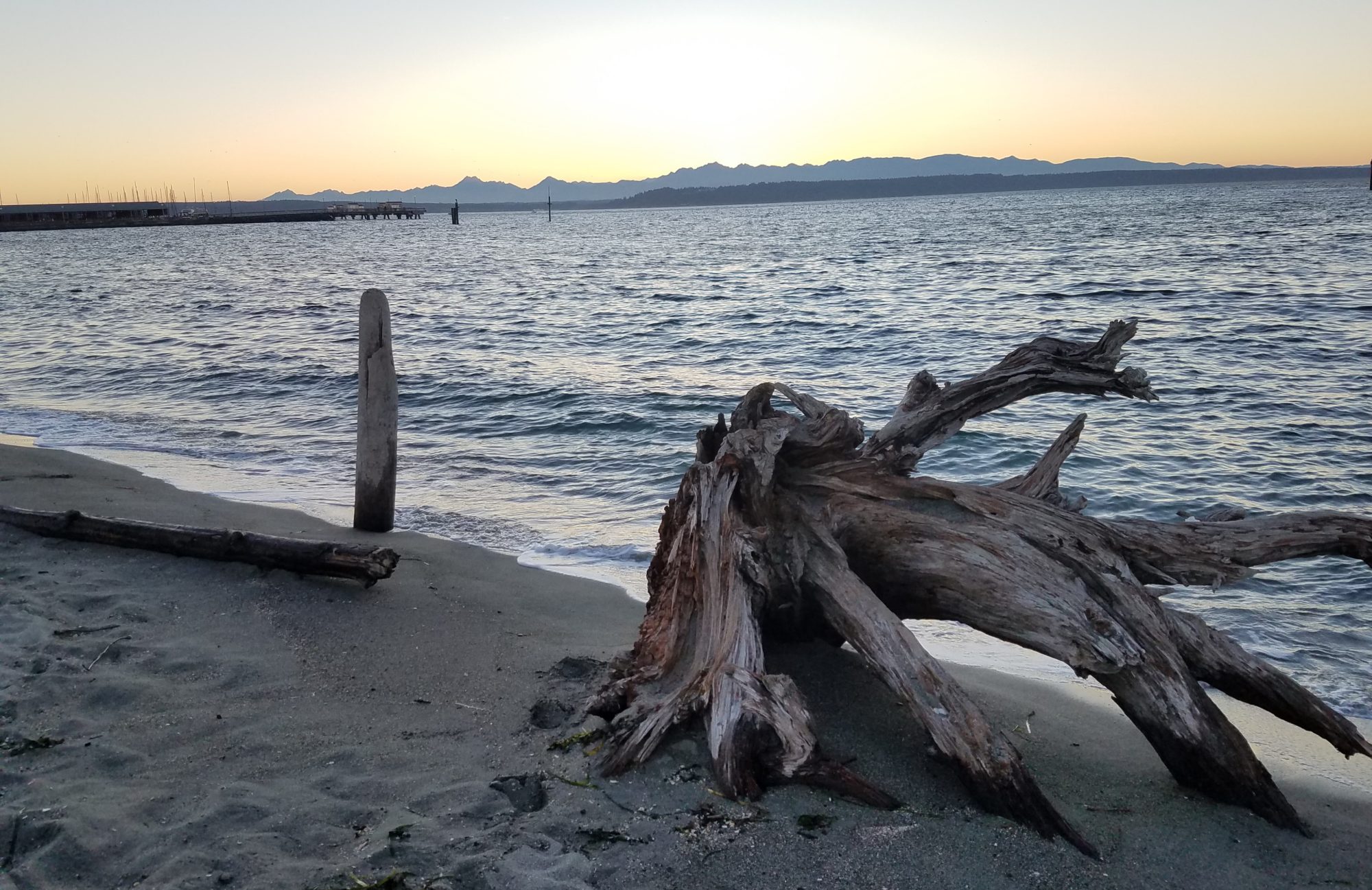I really love this from a recent blog post on Fr. Richard Rohr’s site. In it the inimitable Cynthia Bourgeault talks about the value of centering prayer in learning to let go, and new neuroscience that verifies its benefits.
[A definition and example of the centering prayer practice]
It reminds me of a talk by Allen Watts on Zen Buddhism and its teachings about learning to let go of our clinging and resistance to change which is the cause of all suffering.
Learning to Let Go
Centering Prayer is a devotional practice, placing ourselves in God’s presence and quieting our minds and hearts, but as Cynthia Bourgeault explains, it doesn’t only work on that level. What the desert abbas and ammas, the author of the Cloud of Unknowing, and even Thomas Keating could not have known when he formally started teaching the practice five decades ago, was that it works on a physiological level as well, strengthening neural pathways, and making “letting go” that much easier. When it comes to releasing our strong preferences, especially our desire for power and control, it seems safe to say that some practice of kenosis is necessary for any movement forward.
The theological basis for Centering Prayer lies in the principle of kenosis, Jesus’s self-emptying love that forms the core of his own self-understanding and life practice. . . .
The gospels themselves make clear that [Jesus] is specifically inviting us to this journey and modeling how to do it. Once you see this, it’s the touchstone throughout all his teaching: Let go! Don’t cling! Don’t hoard! Don’t assert your importance! Don’t fret. “Do not be afraid, little flock, it is your Father’s good pleasure to give you the kingdom!” (Luke 12:32). And it’s this same core gesture we practice in Centering Prayer: thought by thought by thought. You could really summarize Centering Prayer as kenosis in meditation form. . . .
Fascinating confirmation that kenosis is indeed an evolutionary human pathway is emerging from—of all places—recent discoveries in neuroscience. From fMRI data collected primarily by the California-based HeartMath Institute, you can now verify chapter and verse that how you respond to a stimulus in the outer world determines which neural pathways will be activated in your brain, and between your brain and your heart. If you respond with any form of initial negativity (which translates physiologically as constriction)—freezing, bracing, clinging, clenching, and so on—the pathway illumined leads to your amygdala (or “reptilian brain,” as it’s familiarly known) . . . which controls a repertory of highly energized fight-or-flight responses. If you can relax into a stimulus—opening, softening, yielding, releasing—the neural pathway leads through the more evolutionarily advanced parts of your forebrain and, surprisingly, brings brain and heart rhythms into entrainment. . . .
Every time we manage to let go of a thought in Centering Prayer, “consenting to the presence and action of God within,” the gesture is actually physically embodied. It’s not just an attitude; something actually “drops and releases” in the solar plexus region of your body, a subtle but distinct form of interior relaxation. . . . And in time, this gentle and persistent “inner aerobics,” undertaken under the specific banner of Centering Prayer and in solidarity with Jesus’s own kenotic path, will gradually establish that “mind of Christ” within you as your own authentic self.
We invite you to spend some time today practicing “letting go” through Centering Prayer or another practice of kenosis.
Experience a version of this practice through video and sound.
Cynthia Bourgeault, The Heart of Centering Prayer: Nondual Christianity in Theory and Practice (Shambhala: 2016), 33, 34, 35–36.
